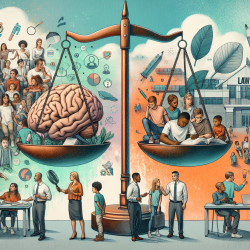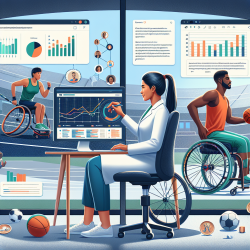The field of prevention science has long been dedicated to developing strategies that promote the mental, emotional, and behavioral (MEB) health of children and youth. Despite the availability of effective programs, widespread implementation remains a challenge. A pivotal research article, "The Centrality of Law for Prevention," underscores the importance of law as a tool for creating structural changes that support healthy development at a population level.
The Central Role of Law
Laws have a profound influence on child health and development by addressing social determinants such as poverty, inequality, and discrimination. The 2019 consensus study by the National Academies emphasizes the need for institutional and policy changes to achieve lasting outcomes. This study highlights how laws can protect children from physical harms and promote family economic security.
Laws Protecting Against Physical Harms
- Injury Prevention: Laws mandating child safety seats have significantly reduced crash injuries and fatalities. Similarly, bicycle helmet legislation has decreased head injuries among children.
- Alcohol and Tobacco Control: Policies like raising the minimum drinking age and imposing taxes on alcohol have effectively reduced alcohol-related harms among youth.
- Toxic Environmental Exposures: Federal legislation like the Clean Air Act has shown long-term benefits in improving air quality and subsequent health outcomes.
Laws Promoting Family Economic Security
- Family Income: Policies such as the Earned Income Tax Credit (EITC) have improved economic circumstances, reduced poverty, and enhanced educational outcomes for children.
- Housing: Housing vouchers have reduced homelessness and improved living conditions for families with children.
- Nutrition Assistance: Programs like WIC and SNAP have improved nutrition, health, and academic achievement among low-income families.
The Path Forward: Research and Implementation
The research highlights the need for further studies to explore the effects of laws on MEB development. Prevention scientists are encouraged to apply rigorous experimental designs to assess policy impacts. Understanding causal mechanisms through mediation analyses can enhance the scientific basis for laws' effects on health.
The application of prevention science methods to public health law research offers opportunities to expand knowledge in this field. By focusing on scaling up, diffusion, implementation processes, and cost-effectiveness, researchers can guide policymakers towards evidence-based decisions that promote child and family well-being.
The COVID-19 pandemic has further highlighted disparities in health outcomes, emphasizing the urgency for effective legal frameworks to ensure health equity. As practitioners in prevention science, embracing these research opportunities can lead to meaningful change in society.










